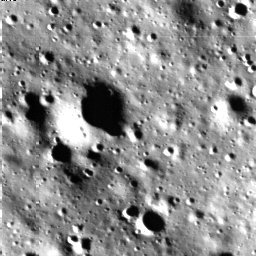Chandrayaan-3, India’s lunar mission, has successfully landed in a 3.85-billion-year-old crater on the Moon, scientists announced on Saturday. This ancient crater, one of the oldest on the Moon’s surface, dates back to the Nectarian period.
Experts from the Physical Research Laboratory and the Indian Space Research Organisation (ISRO) in Ahmedabad explained that this landing site is unique, as no other missions have explored this specific area. S. Vijayan, an associate professor in the Planetary Sciences Division, highlighted that the Pragyan rover is now in a location previously untouched by other missions, providing valuable insights into the Moon’s geology.

The crater, approximately 160 km in diameter, was formed by an asteroid impact, which displaced material known as ejecta. Initial images captured by the Pragyan rover revealed that one half of the crater is buried under ejecta from the South Pole-Aitken basin, the largest known impact basin on the Moon. The other half of the crater appears to be ‘degraded’ due to this burial.
Additionally, the rover’s images indicated the presence of ejecta from a separate impact crater nearby, suggesting that the landing site consists of materials from various regions of the Moon. The Chandrayaan-3 mission made its soft landing on the Moon’s south pole on August 23, 2023, marking a significant achievement as it is the only mission to land on this side of the Moon. The government has designated the landing site as Shiv Shakti Point.



